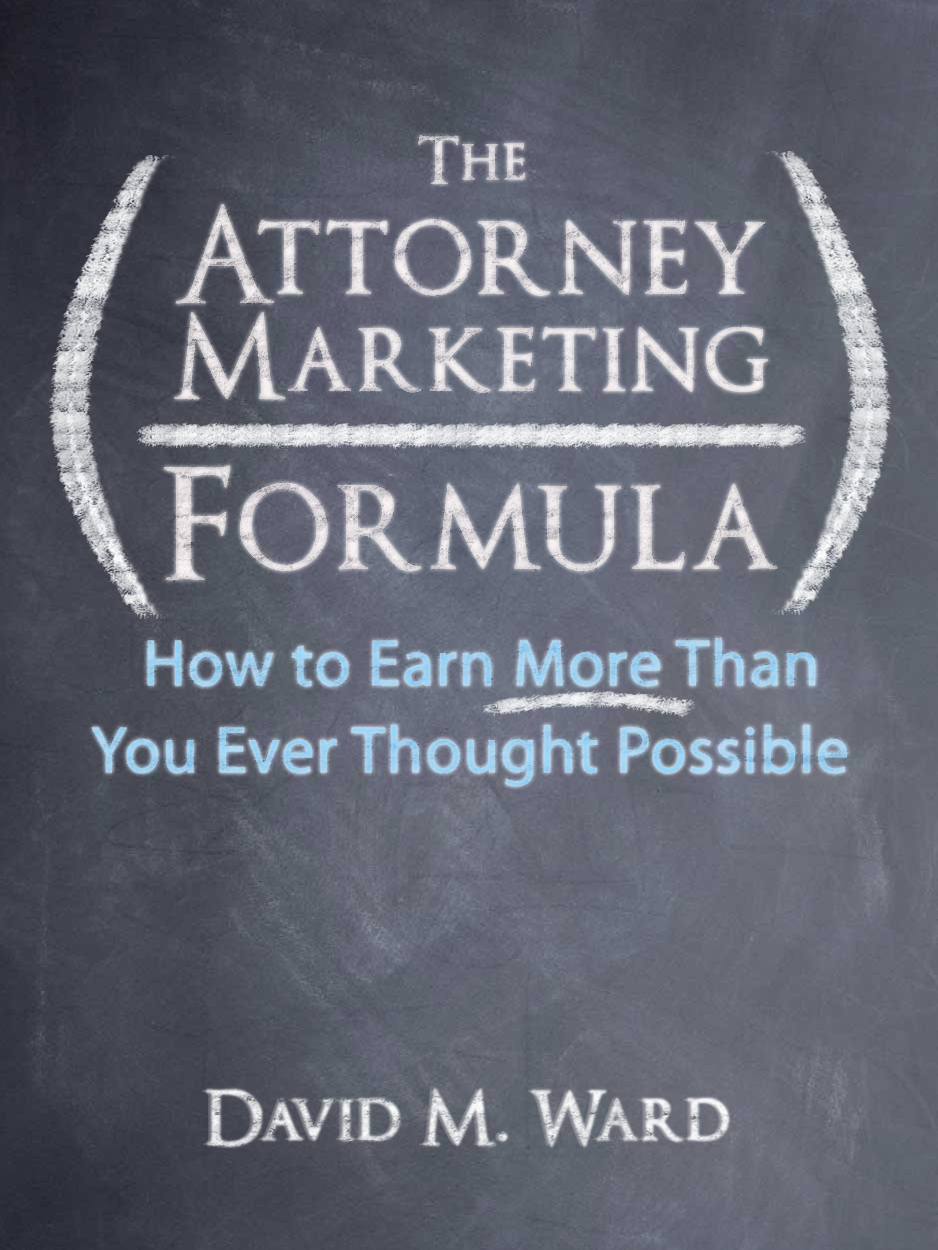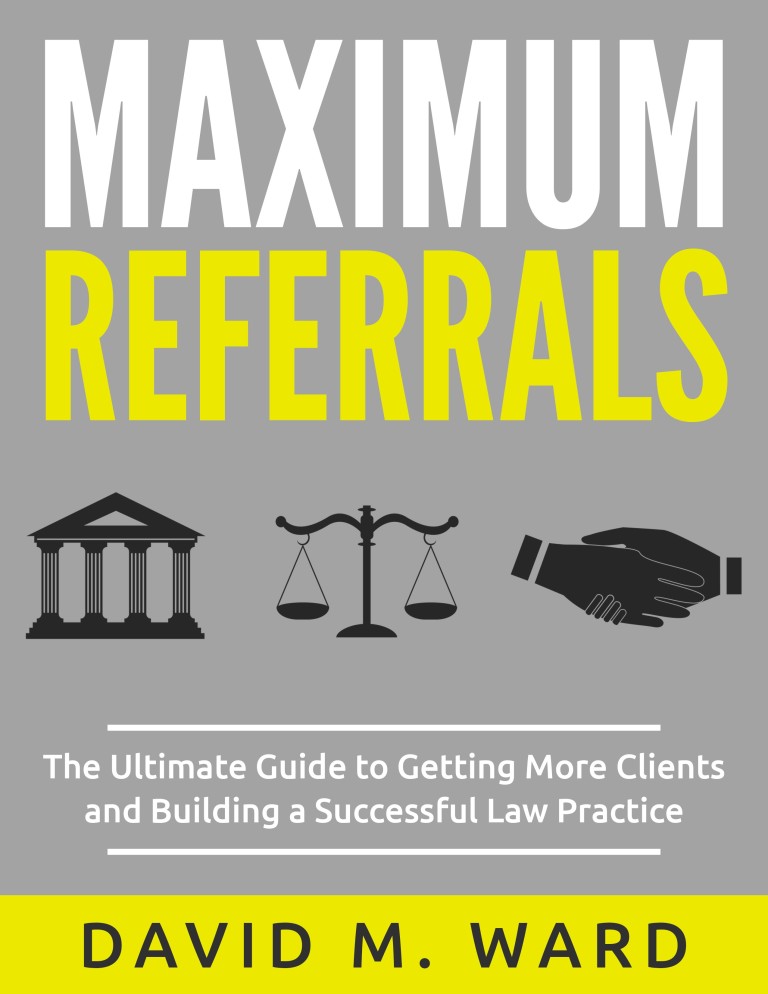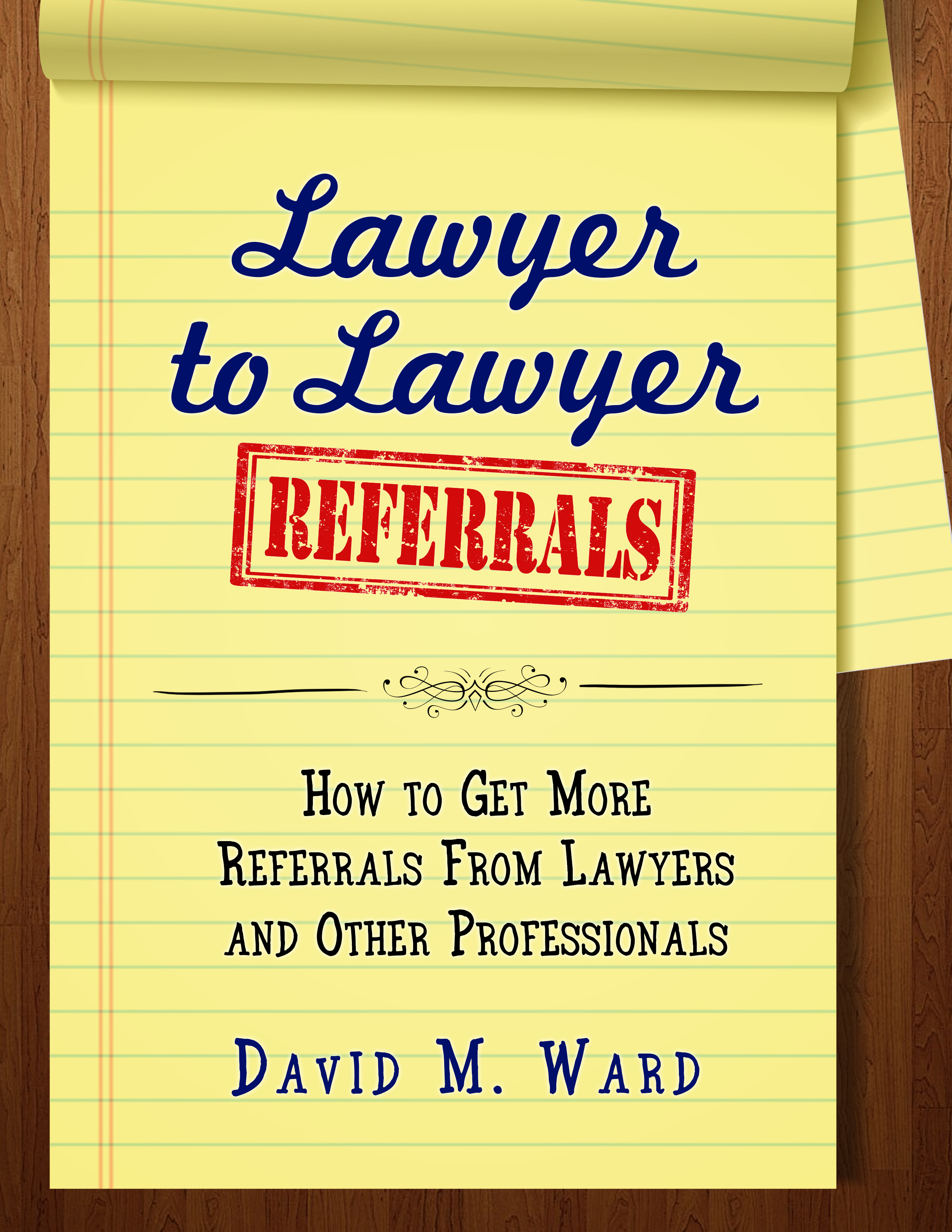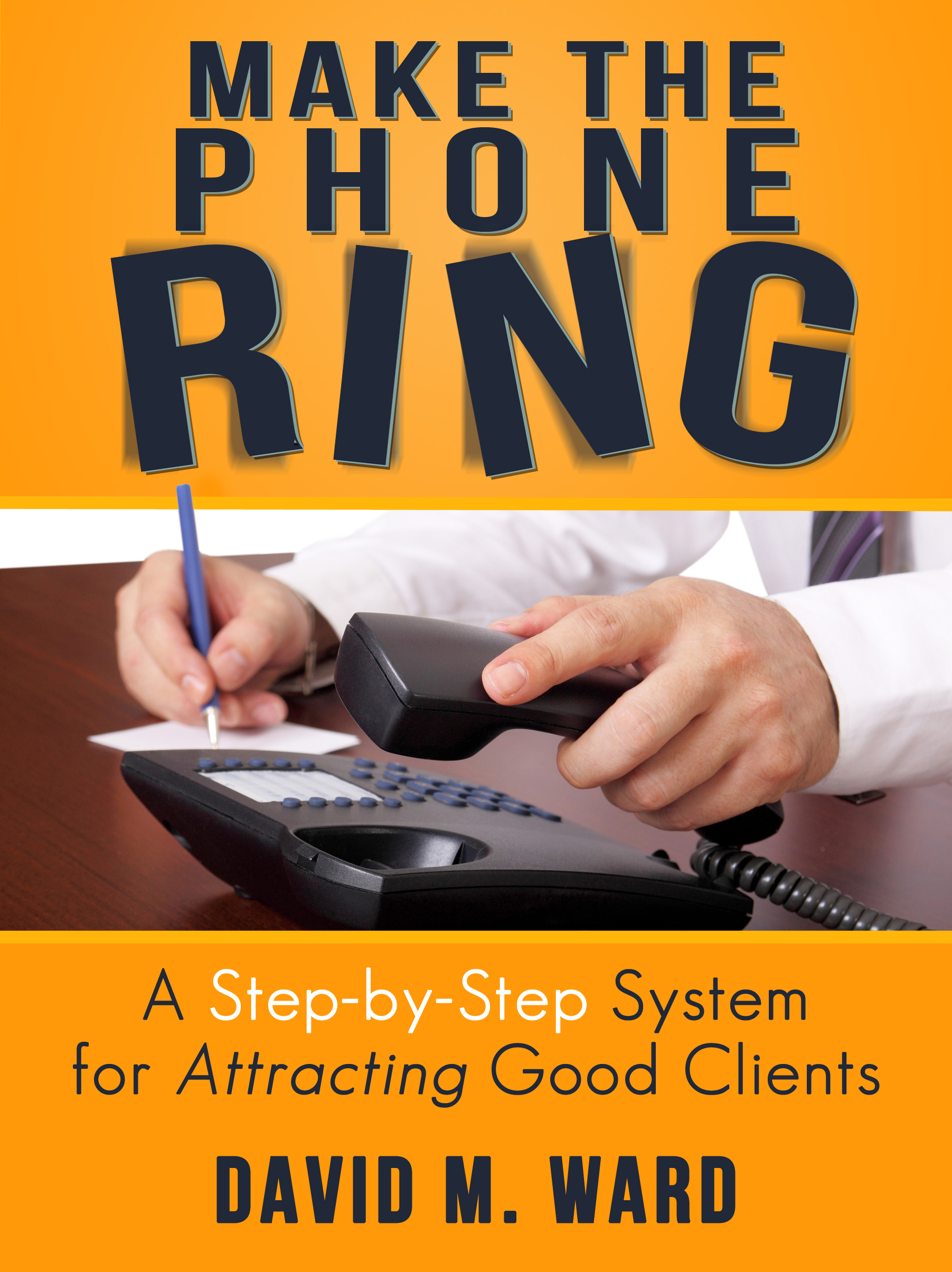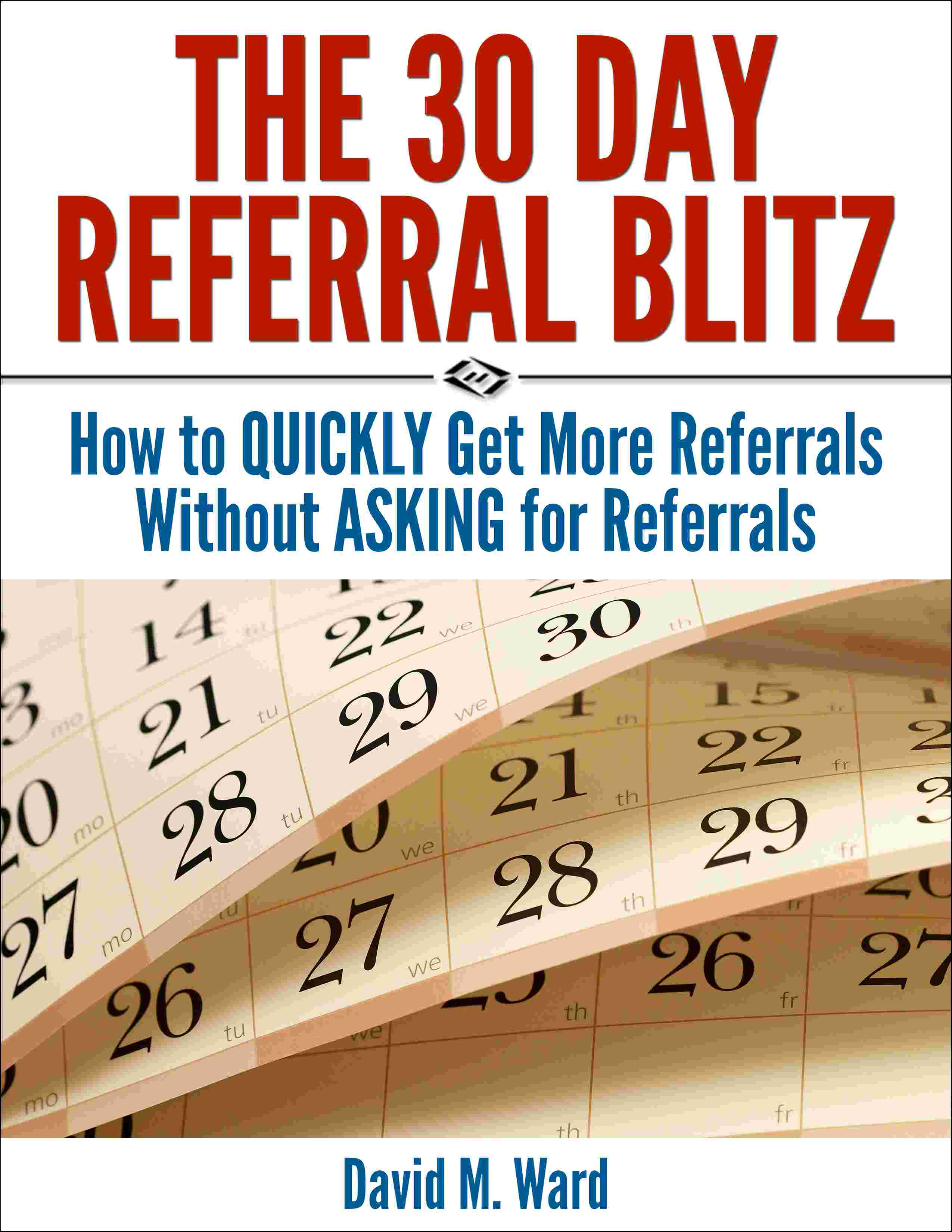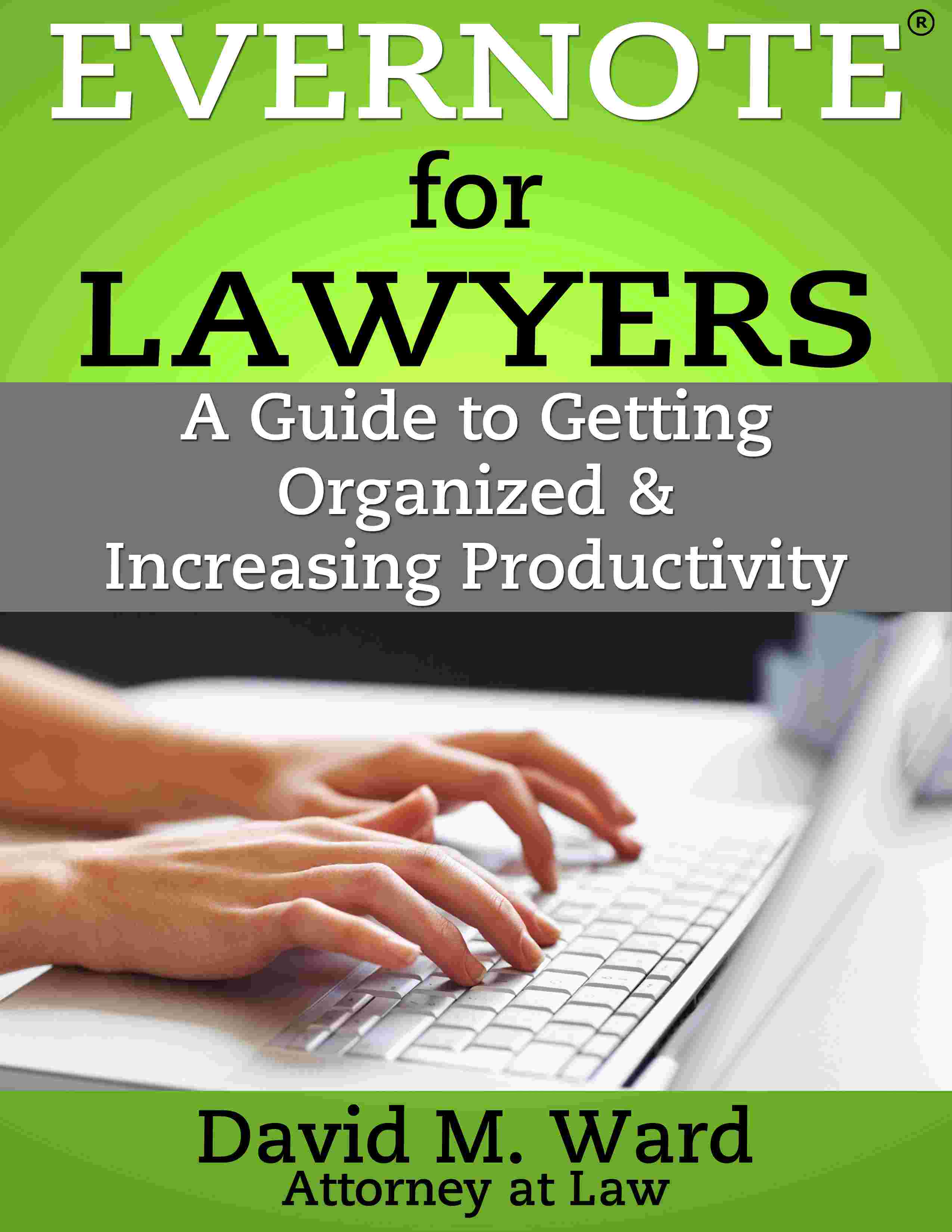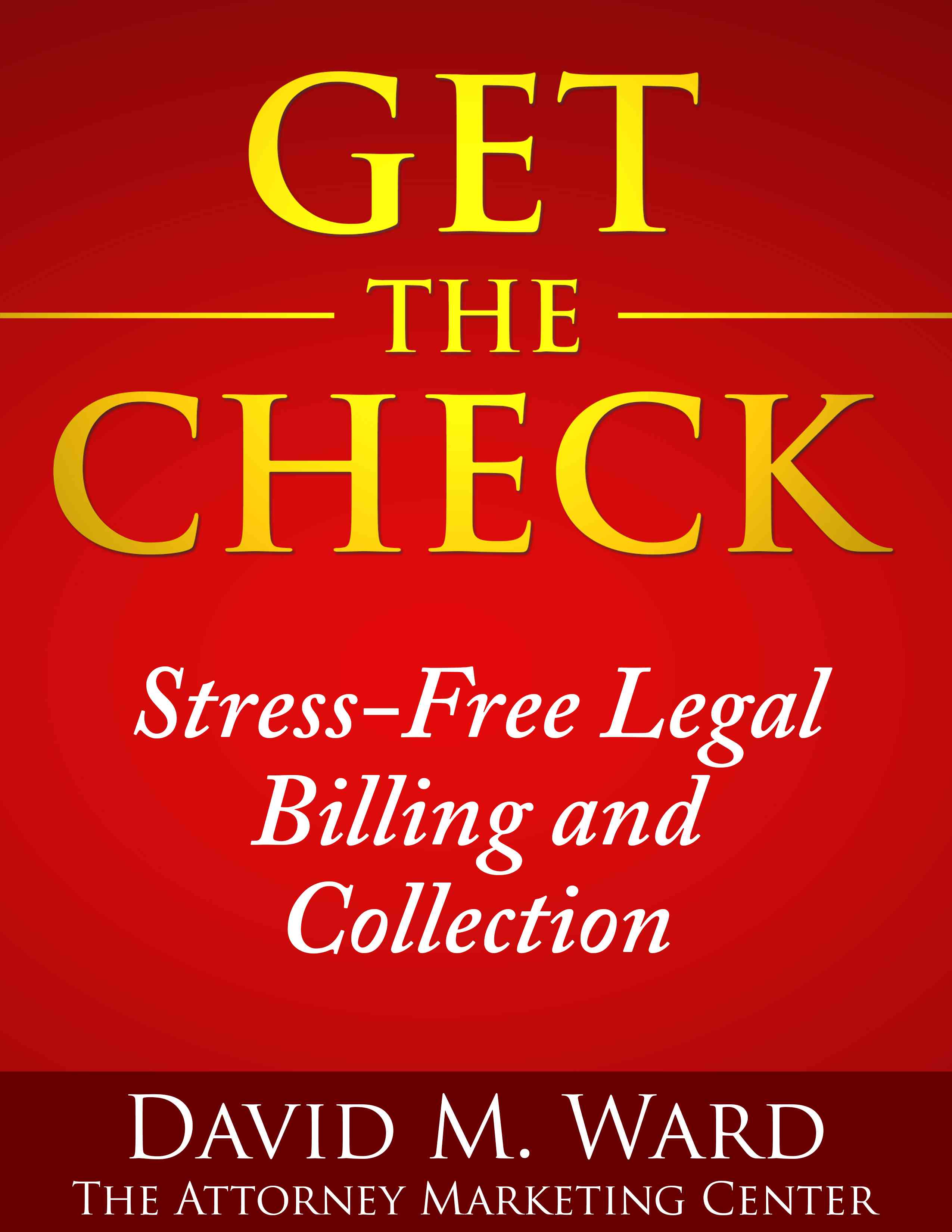How many times do you follow up with a prospective client? Over what period of time? What do you say, what do you do, what do you offer?
Do you call, to see if they got the information you sent them? Do you send a letter or email to follow-up after a free consultation? Do you send a note to thank them for attending your seminar?
And what do you do after that?
Following-up is different from staying in touch. Follow-up is planned in advance, a natural series of “next steps” after initial contact. When you follow-up with a prospective client (who might be a former client or even an existing client with another matter), you fan the flames of their need for help and guide them towards taking the next step.
Decide in advance how you will follow-up so you can execute without thought or delay.
Work out all of the steps. What will you say or do, what will you send them, how often?
Someone emails you or fills out the form on your website, asking questions. How will you respond? What will you invite them to do? How many times will you follow-up? Over what period of time?
Someone attends a seminar but doesn’t make an appointment. How will you follow-up? What will you offer? If they don’t respond, what will you do next?
Someone needs help but they have a small window of time. They need to hire an attorney this week or this month or it will be too late. You need to do more follow-ups in less time and you need to be more urgent. What will you say? What will you do?
Figure it out. Have the letters written, ready to send, before the next prospective client contacts you.
At some point, follow-up will blend into staying in touch. The initial courtship will have run its course and the client has either hired you or they have not. You shift gears from follow-up to staying in touch, but you don’t stop. You never stop.
You keep your name in front of them, reminding them that you’re still available to help them with their problem or with something else. You follow-up and you stay in touch until they buy or they die.
Because you never know when someone will finally be ready to take the next step.
Get more prospective clients so you can turn them into actual client. This will helpÂ

